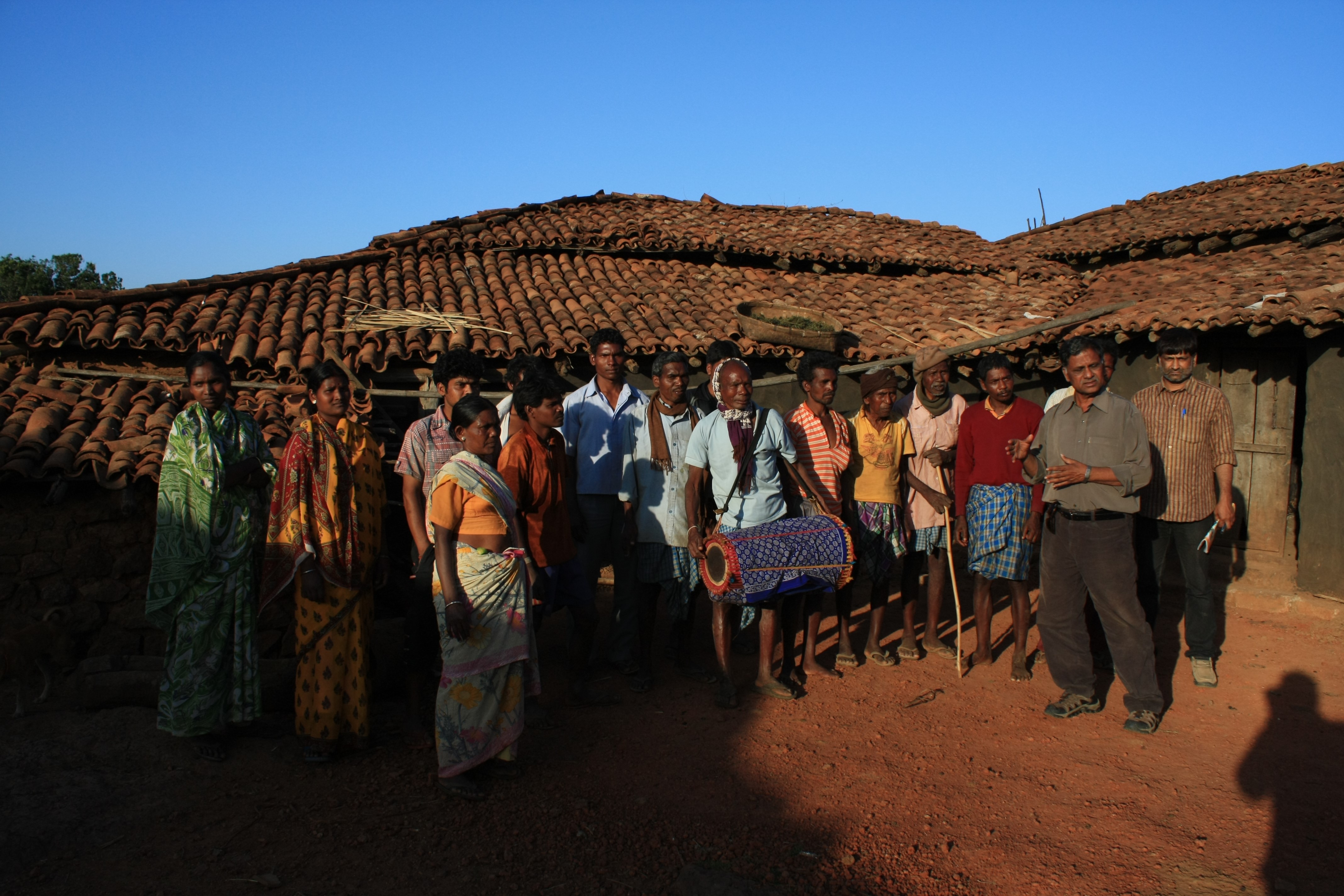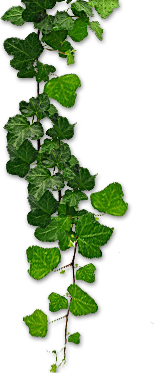
WHO IS THE ASUR ?
(An Anthropological clarification)
Prof. T Subramanyam Naidu
Professor of Anthropology and Director,
Pondicherry University, Pondicherry.
tsnaidu1952@gmail.com
The article “I am Asur” published in the Indian Express on 6th march 2016 in page 10, it is observed that most of the respondents who gave information about Asur conditions are the students of early age, migrant population who are working in the industries and tea estates and they don’t have any as such historical authentic information about the real history of the Asur or Mahishasur and what is the relationship between the two. Most of the information seems to be manipulated story rather than authentic response.
In the same paper refer page no. 10 and 11. The data presented in the two articles are contradictory. In page 10 the Asur population is claimed to be at 30000 in both the states of Jharkhand, West Bengal and Bihar as per 1961 census. Whereas in second article in page 11 highlights that the Asur are facing the threat of extinction and the present population is under 10,000. Both the articles fail to give the ethnographic and true authentic information on Asur.
I had the opportunity to study and document the ethnographic documentary films of the 75 Particularly Vulnerable Tribal Groups (primitive) tribes of India including the Asur. I am working on these tribes for the last 16 years to identify and document the digital ethnographic data for the future generation. I have developed a concept of “Man in search of Man”, under this research project an in-depth Anthropological research was conducted with research methodologies, and the authentic information on the Asur was collected. The following data provides the authentic information on who is the real Asur.
I have personally visited West Bengal, Bihar and Jarkhand to identify the Asur. The Asur who are inhabiting in Bihar and West Bengal are different endogamous tribes suffixing their names with Asur, in Jarkhand the Asur are inhabiting in Nethrahat region only. With the help of the Professors of Anthropology of Ranchi University and NGO’s. I reached Narma panchayat, Bishanpur block, Gumla district of Nethrahat plateau, selected nine villages for the documentation. I had taken the necessary permission from Moists in the region for my own protection to access and gather information in the above region.
Mr. Vaikari Bhagat of Vikas Bharati from Visnupur identifies that the Asur are inhabit in the Western part of Nethrahat region and Brijia towards the Eastern part of Nethrahat.
According to the data collected from the Asur’s in the nine villages in Nama panchayat in the Nethrahat plateau, the Asur claim that they are the first people to start living in the Nethrahat plateau, started with a lively hood of food gathering and hunting, later developed horticulture, podu (slash and burn) cultivation and domestication of animals, they claim that they are the original inhabitants of the region, they have invented the iron metal and given to the human civilization. It is believed that the Asur had settled in the Nethrahat plateau before 1000 BC.
The Asurs claim that the name came because they are legendary creators of agriculture and iron metal and also claims that they have lots of innovative ideas and power and hence they are called as Asur. Mr. Rajendra Kumar, Joint Director, Sri Krishna Institute of Public Administration, Ranchi mentions that the Asur are having rich cultural heritage who have given the iron civilisation to the human society. The present iron stupa placed at Qutab place in Delhi is the gift given by the Asur which is still not rusted. Historical evidences shows that the Asur provided the iron weapons and the Munda tribe provided the elephants to the Mauryas to win the war against the Devaputra, son of Sikandar. A priest (Baiga) of Asur, who performs the rituals narrates that in Asur language the word Asur means powerful, imaginary or legendary creators. The Baiga further says that the name Asur is not associated with Mahishasur or the descendants of Mahishasur. They are not even aware of the name Mahishasur. The writings appeared in the Indian Express is not acceptable to an Anthropologist. Mr. Oran a tribal scholar born and brought up in Jharkand mentions that Asur have nothing to do with Mahishasur.
It is the wrong data collected from different tribal groups who suffix their names with Asur and claim themselves as Asur. The true Asur are available in the Nethrahat plateau only. Those who are inhabiting in other regions belong to other three endogamous tribal groups such as Vir Asur, Birjia/Virajia Asur and Agariya Asur.
The Asur are a small vulnerable tribal population, belonging to Proto Austroloid group an ancient human who migrated from Africa around 65,000 years ago ( wiki pedia) inhabiting in the Nethrahat plateau. The locality is know as Nethrahat group of plateaus within Chotanagpur plateau of Jarkhand state. The Nethrahat plateau hills are of nearly uniform height about 3600 feet above the sea level. The plateau is formed of laterite rocks. It is from these rocks the Asur used to extract iron ore for iron smelting. The Asur call the Magnetite as Pola, Hematite as Bachi and Laterite as Gota. They use sal wood coal for smelting iron ore.
Some of the social scientists and journalists classified the Asur as one of the sub groups of Vir Asur, Birjia/Virajia Asur and Agariya Asur. It is not true. The Asur are totally different from these three tribal groups. The data presented in the Indian express on 6th March 2016 belongs to the migrant population of these three tribal groups who also suffix their name with Asur to claim the vulnerable tribal status. The references made in the article are from labourers working in the tea estates & industries, students, and migrant population who have lost their cultural identity. Most of these migrant population adopted the religion of Hindus or Christianity and changed their way of life. The Asur is an endogamous tribe having their own social structure and social organisation (clan system) religion and political organisation. The Vir Asur, Birjia/Virajia Asur and Agariya Asur are different endogamous tribes having their own social structure and social organisation. The Asur are totally different from these three tribal groups.
The Asur can be identified based on the social structural organisation of the Asur , the Asur society is characterised by totemism. The whole Asur society is divided into eleven exogamous groups (Clans). Each group is having its own totemic objective, which is a unique system that exists among the Asur. they won’t marry within the clan and one has to marry outside the clan. The clans are:
- Rote
- Topo
- Indovar
- Kushar
- Kekate
- Tetato
- Barvua
- Benga
- Roto
- Huran
- Tignar
Each clan has its own tale to tell their relationship with the totemic object. All the totemic objective names are originated from the, birds, animals or from the plants. For examples Rote means frog, Hiran mean deer, Topo means bird. The Asur rarely worships their totemic objectives, but they avoid killing or injuring them.
The Asur society is patriarchal in nature; it is mostly nuclear and monogamous type, which includes the man, wife and their unmarried children. Monogamy is the common practice, payment of bride-price exist among them. It is paid both in cash and kind. The Asur follow different forms of marriages such as, marriage by negotiation, marriage by elopement, marriage by capture, marriage by service, and marriage by voluntary. Divorce is allowed, widow remarriage, levirate and sororate types of marriages are allowed. Asur prefer Dhuku type of marriage which is a unique type of marriage performed during the Holi festival days (i.e. harvest festival) which is called as Doljatra, performed for a period of nine days. During this festival those who like to marry can marry in the festival place. Majority of the Asur prefer Dhuku type of marriage because they need not give bride price to the brides parents and a feast to the relatives.
The tribes in India never worship or associate with the “Great Tradition”, they follow the “Little tradition”. Asur strongly believe in nature and they are the nature worshippers. They believe in animals, naturalism and ancestral worship. The Baiga is the traditional priest assisted by Deori, performs all the rituals. Singbonga is the chief deity for the Asur in all the nine villages with temples dedicated to the Singbonga deity. The other deities worshipped are Dharti Mata, Patdara, and Durai. The Asur celebrate the festivals such as Dhanburi, Sahul, Karma, Pitar Puja, Deothan Peya. The Asur believe in black magic and witch craft, where Oza a traditional priest eliminates the Buth and Preth.
Phagun, is an important festival celebrated by the Asur before ploughing and manuring the fields. As a tradition, they eat new vegetables and fruits only after the Phagun festival. Sarhul festival is celebrated in chait (March- April), when the sal trees are laden with flowers. Sharul is a spring festival for the Asur. They perform Sarhul dance which is unique to Asur. The Asur perform karma dance on the occasion of karam on Bhado ekadasi or the eleventh day of the lunar month of August. The festival is meant to ensure the protection of the standing crops. The Asur have a strong traditional political system headed by Mehato, assisted by Baiga and Horait. All the disputes are dealt in the traditional panchayat.
From the above ethnographic data it clear that who is the Asur. Before arriving certain conclusions one has to go to the core region where the the population is inhabiting then only one can provide the authentic data.
The Asur population is very small estimated to be around 6000 individuals in-habiting in the Nethrahat plateau. The Asur are struggling hard for their survival, as they have lost their traditional occupation such as Podu cultivation, and iron smelting. Now most of them are working as agricultural labourers, very few of them are having agriculture as their main occupation. The major problems faced by them are the health, education, economy and drinking water. The Asur are almost in the verge of extinction. It is necessary to protect the Asur population before they extinct from the planet.
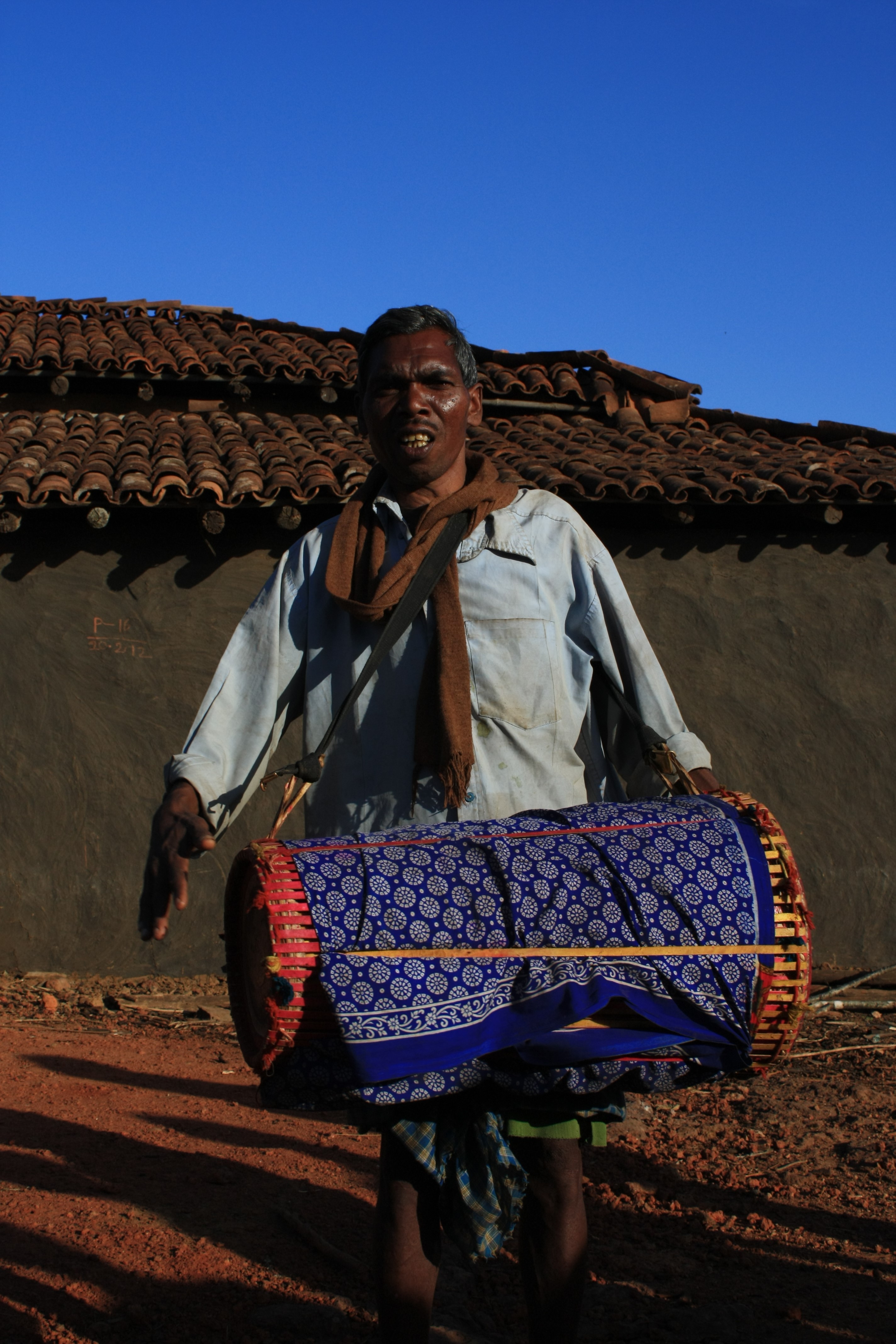
Figure 1: Asur with the mandar drum
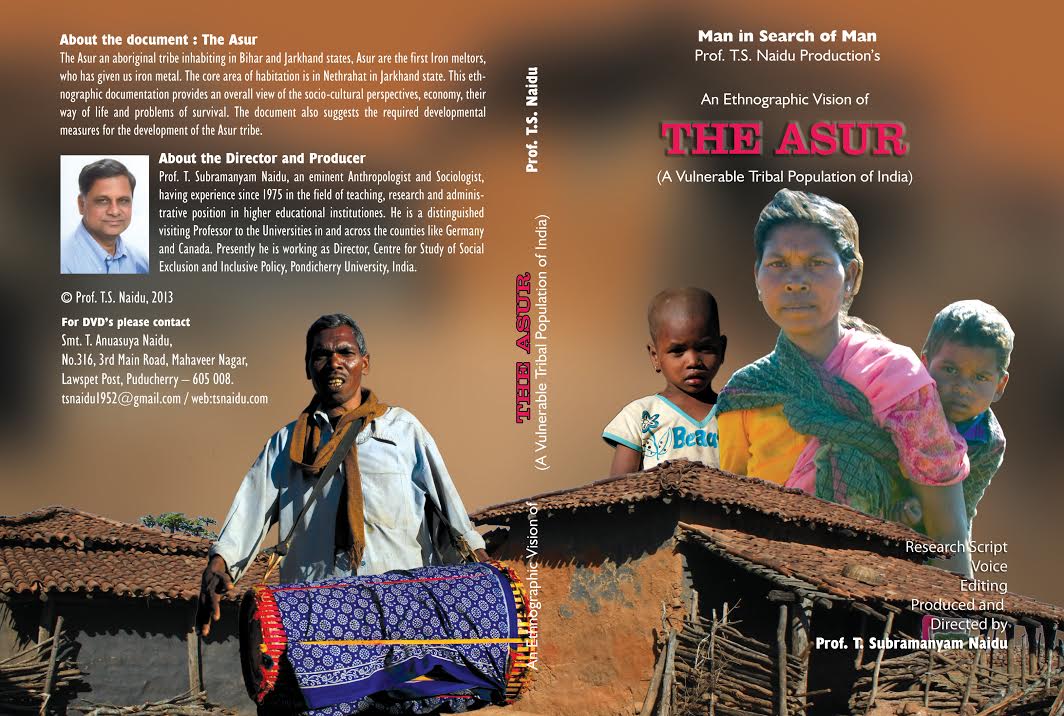
Figure 2: Documentary film on The ASUR by Prof. T. S. Naidu
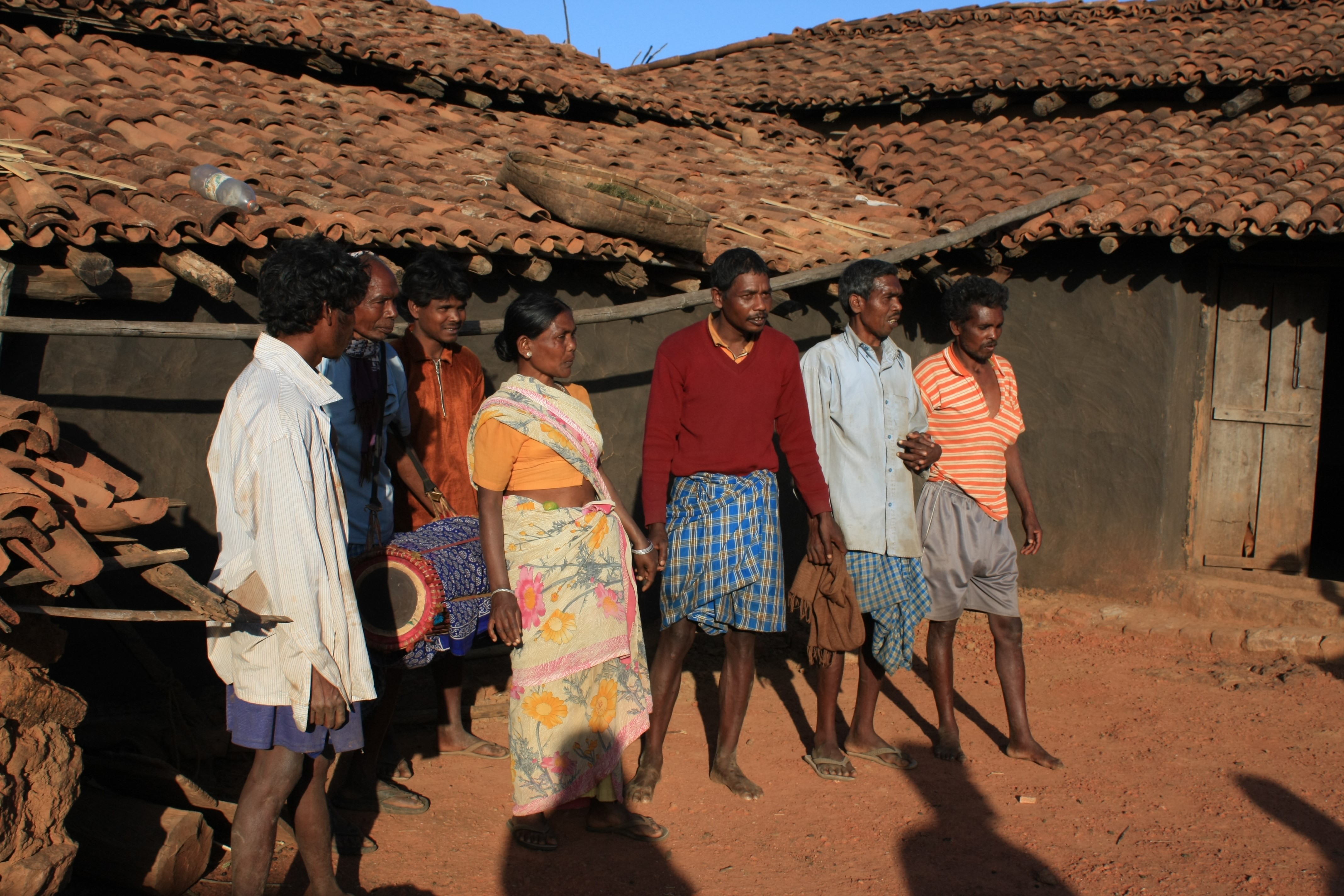
Figure 3: Sarul dance of Asur
